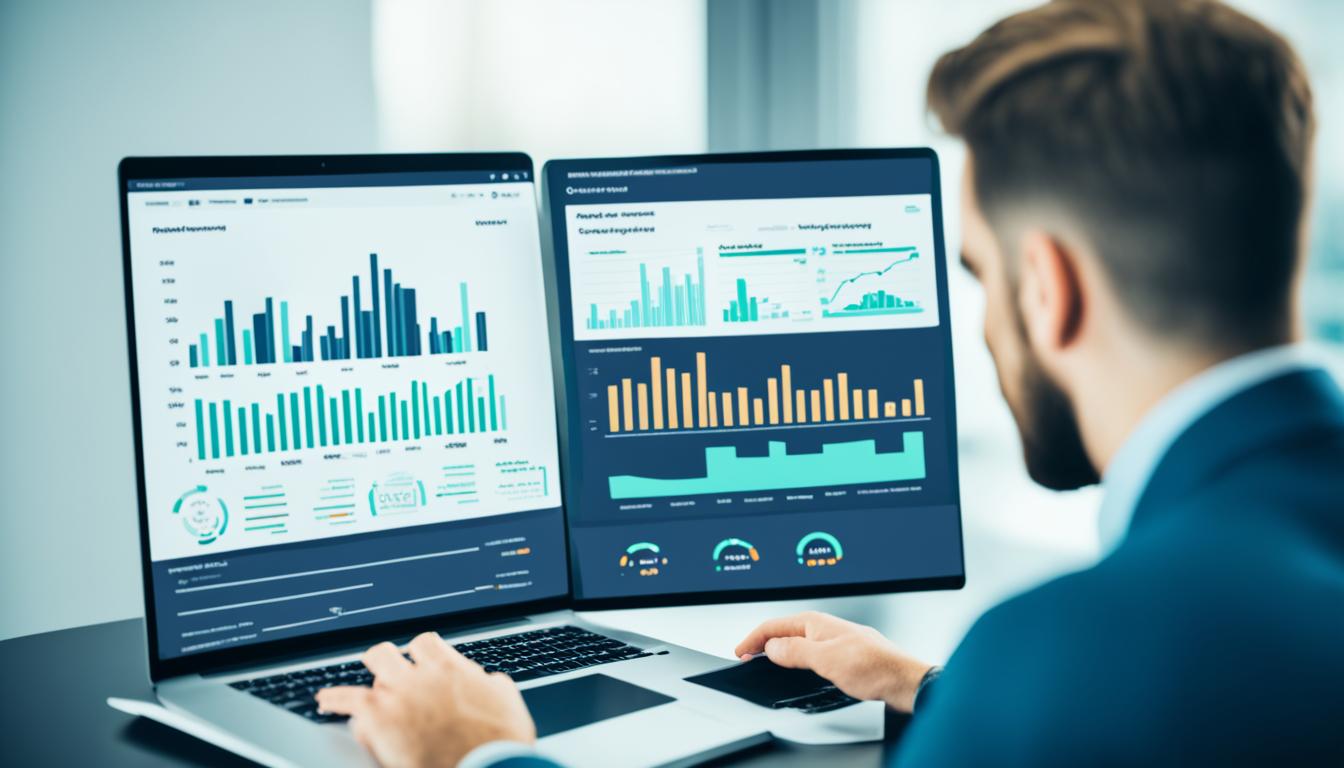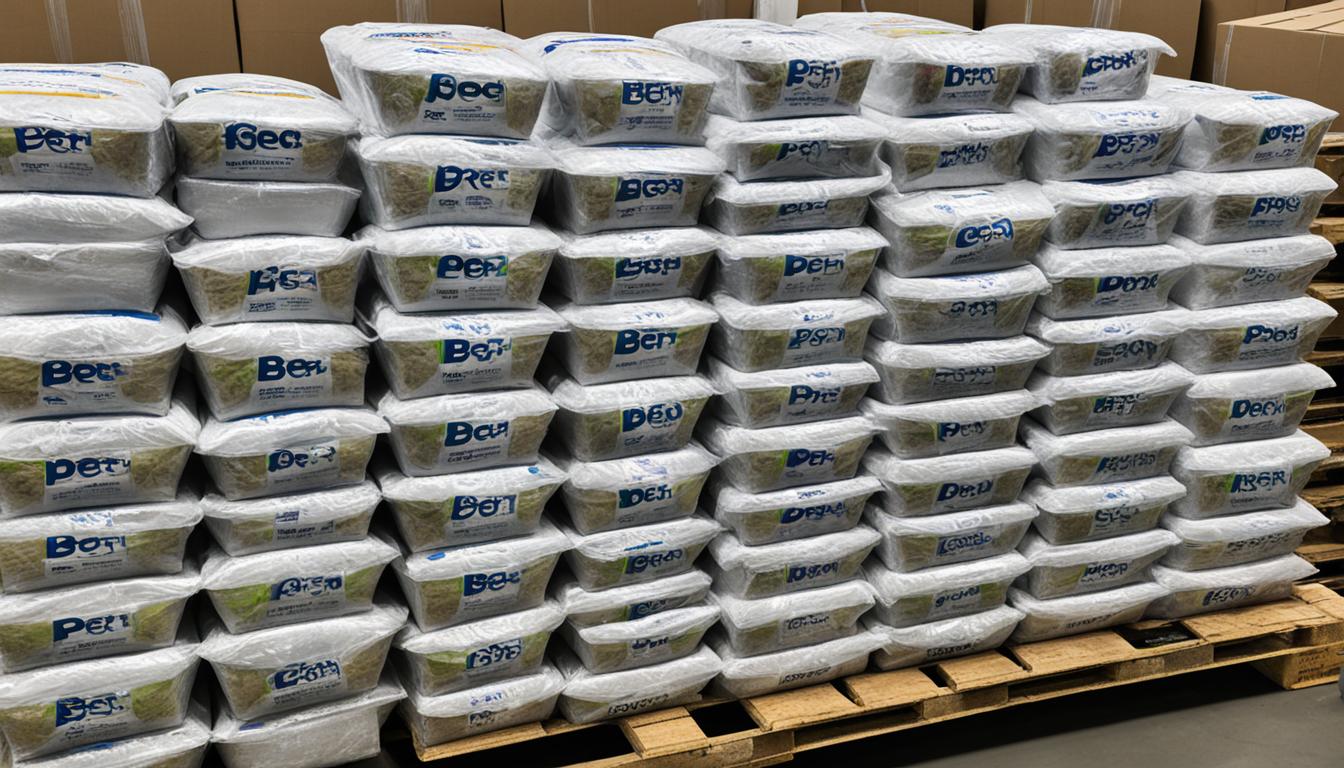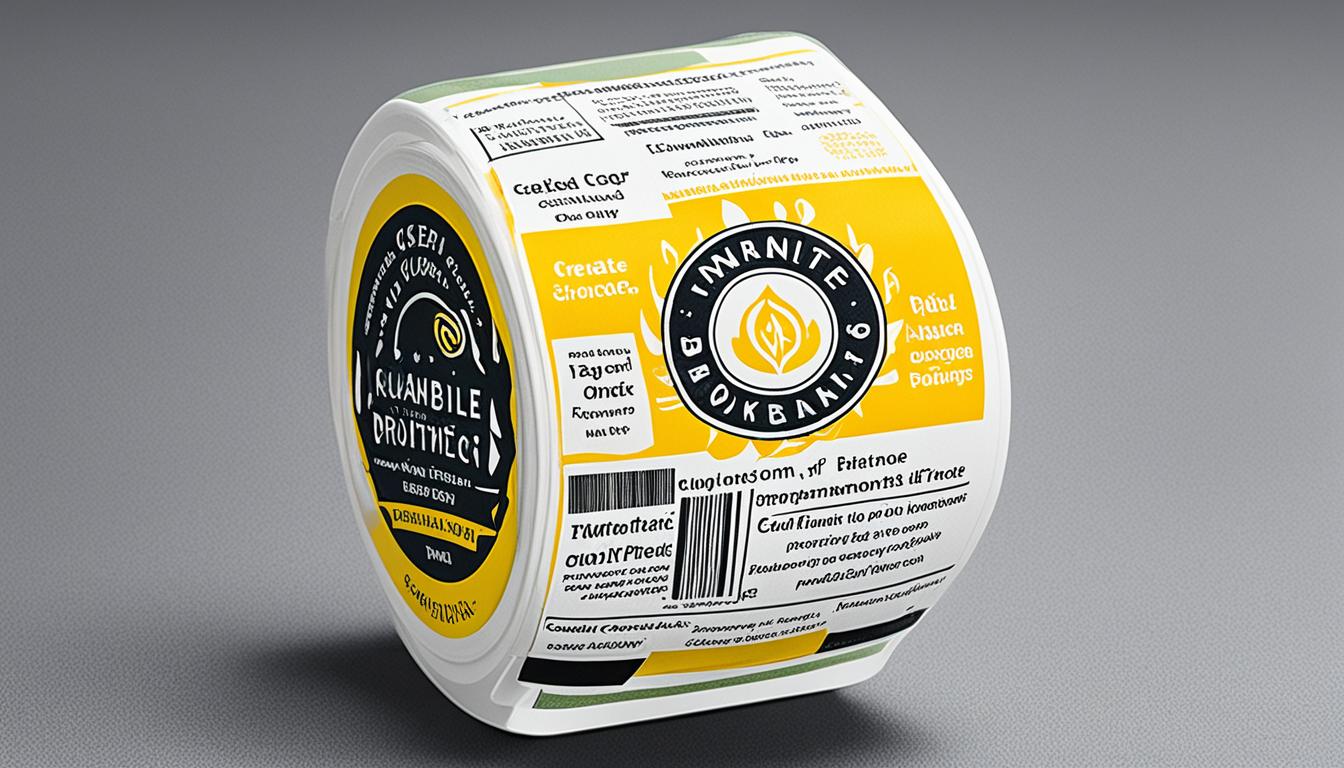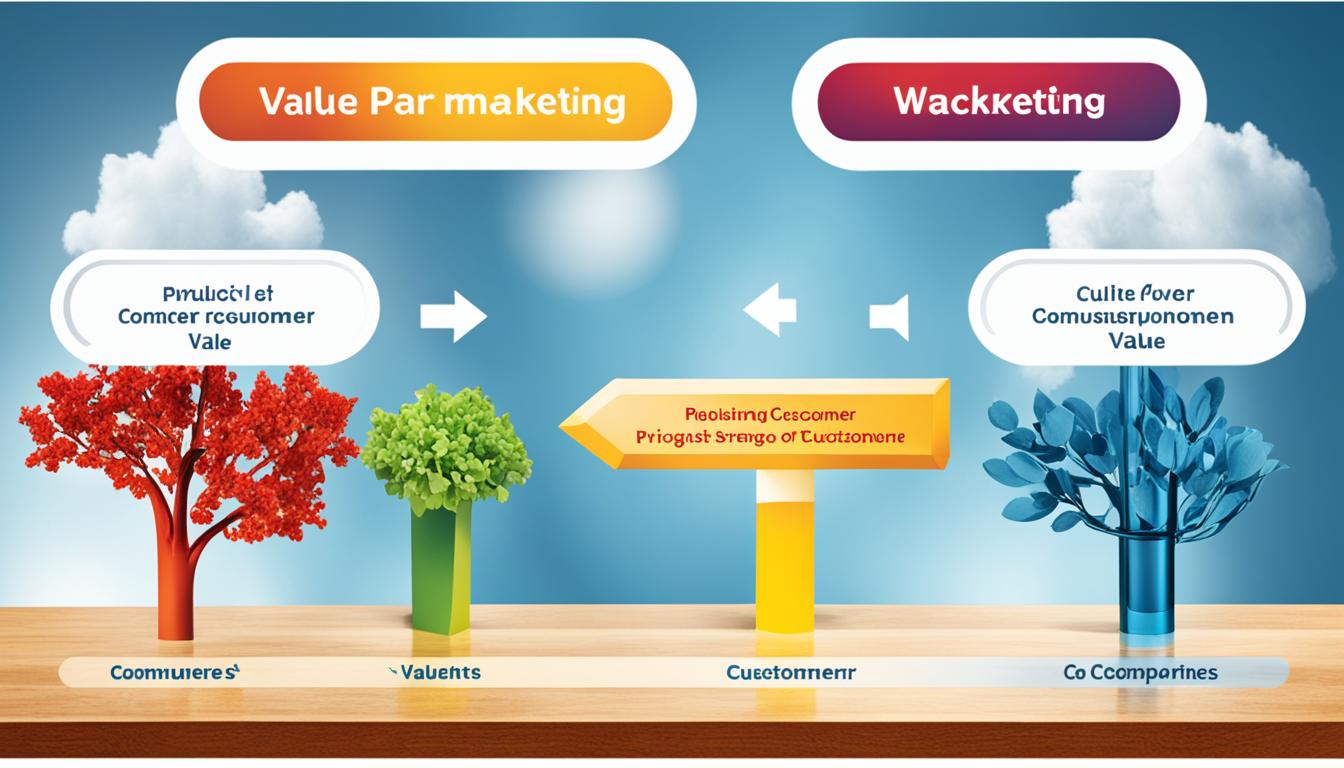Product Listing Ads (PLAs), also known as Google Shopping Ads, are a powerful tool in ecommerce marketing for online product promotion. These ads allow businesses to showcase their products directly within the Google search results, attracting the attention of potential customers and driving online sales.
PLA ads appear when a user searches for a product, displaying relevant product images, prices, and merchant information. This streamlined format enables users to compare products from different retailers at a glance, simplifying the online shopping experience.
Created using advertising platforms such as Google Ads, PLA ads are cost-per-click (CPC) ads, meaning that businesses only pay when users click through to their landing page. This ensures that businesses receive qualified leads and increases the likelihood of conversions.
When considering PLA ads as part of a marketing strategy, factors such as sales volume, competition, budget, and site quality should be taken into account to determine their effectiveness.
Key Takeaways:
- PLA ads, also known as Google Shopping Ads, are a type of advertisement shown in Google search results.
- They display product images, prices, and merchant information, allowing users to compare products from different retailers easily.
- PLA ads are cost-per-click (CPC) ads, ensuring that businesses only pay when users click through to their landing page.
- The effectiveness of using PLA ads depends on sales volume, competition, budget, and site quality.
- PLA ads can help businesses increase online sales and attract qualified leads.
How do PLA Ads Work
Product Listing Ads (PLAs) work by displaying product images, prices, and merchant information directly within the Google search results. When a user searches for a product on Google, the search engine uses the details provided by the advertiser to match the products to the search parameters. If a product is a good fit, Google features it in the shopping results, showing the most relevant products first.
PLA ads are cost-per-click (CPC) ads, meaning that businesses only pay when users click through to their landing page. This allows businesses to maximize their return on investment by only paying for actual user engagement.
To create PLA ads, marketers utilize advertising platforms offered by search engines, such as Google Ads or Microsoft Ads. These platforms provide the tools and resources necessary to set up and manage PLA campaigns.
PLA ads can appear on the top, right, or left of the search engine results page (SERP), depending on the user’s search query and ad relevance. Additionally, PLA ads can also be displayed on other platforms like Google Shopping and partner websites within the Google Display Network, increasing the reach and visibility of the ads.
| Key Features | Benefits |
|---|---|
| Product images and merchant information | Increases product visibility and user engagement |
| Displayed directly within Google search results | Targets users actively searching for products |
| Cost-per-click (CPC) pricing model | Allows businesses to only pay for clicks |
| Utilizes advertising platforms like Google Ads | Enables easy campaign setup and management |
| Appear on various platforms, including Google Shopping | Expands the reach and visibility of ads |
Benefits of PLA Advertising
PLA advertising offers several benefits for online retailers. Firstly, PLA ads put products front and center, allowing brands to reach a wider but highly relevant audience. The eye-catching format and prominent placement of PLA ads increase the likelihood of users noticing and engaging with the ads.
Secondly, PLA ads capture commercial intent as they target customers actively searching for products, resulting in higher click-through rates, conversion counts, and qualified leads. This focused approach ensures that the ad is presented to people who are more likely to make a purchase.
Lastly, PLA ads provide a seamless user experience by allowing shoppers to click directly through to a product page. This means that users can access all the necessary information to make a purchase decision without any additional steps. This streamlined process increases the chances of conversion, improving online sales for businesses.
Overall, PLA advertising is an effective marketing strategy that enhances online sales and improves the customer journey.
| Benefits of PLA Advertising |
|---|
| Increases online visibility |
| Targets customers with commercial intent |
| Higher click-through rates |
| Increase in conversion counts |
| Generates qualified leads |
| Provides a seamless user experience |
| Improves online sales |
Setting Up PLA Ads on Google Ads
To set up product listing ads (PLA) on Google Ads, businesses need to follow a few steps. Let’s go through the process:
- Set up a Google Merchant Center account: Begin by creating a Merchant Center account where you will provide Google with the product data required to create PLA ads. This includes pertinent information about your business, website, and product attributes.
- Verify and claim your URL: Once the Merchant Center account is set up, it’s important to verify and claim your website’s URL to confirm your ownership as the authorized website owner.
- Add product data: Next, you can add your product data to the Merchant Center. This can be done either through an automated feed or by manually uploading a file. Ensure that the product data includes accurate and up-to-date information about your products.
- Create a PLA campaign: After uploading the product data, you can proceed to create your PLA campaign within Google Ads. Here, you can define your campaign’s budget, bidding strategy, and targeting options. Carefully consider your budget allocation and bidding strategy to optimize the campaign’s performance.
By following these steps, businesses can effectively set up and launch their PLA ads on Google Ads, maximally utilizing the Google Merchant Center and controlling the budget, bidding strategy, and targeting of their PLA campaigns.
Recent Updates and Advancements in Google Shopping
Google Shopping, the platform for displaying product listing ads, has introduced several recent updates and advancements. These improvements aim to enhance the overall user experience and provide more opportunities for businesses to showcase their products effectively.
1. Free Product Listings
One significant update is the introduction of free product listings in the Google Shopping tab. This means that businesses can now display their products without paying for ad placements. This new feature provides a great opportunity for smaller retailers to improve their online visibility and reach a wider audience.
2. Improved Integration
Google has also improved the integration between Google Ads and Google Merchant Center. This enhancement allows businesses to manage their shopping campaigns and product data in one place, streamlining the process and making it more efficient.
3. Smart Shopping Campaigns
The introduction of machine learning algorithms in Smart Shopping campaigns is another significant advancement. These algorithms optimize ad placements and bidding strategies based on performance, maximizing the return on ad spend (ROAS). Advertisers can benefit from this intelligent automation to achieve better results and enhance the effectiveness of their campaigns.
4. Local Inventory Ads
For retailers with physical stores, Google Shopping now offers Local Inventory Ads. These ads allow retailers to showcase their in-store product availability directly in Google Shopping results. This feature enables businesses to bridge the gap between their online and offline presence, providing valuable information to potential customers.
5. Performance Insights
To help businesses gain deeper insights into their Shopping campaigns, Google has expanded its Performance Insights tools. These tools offer more in-depth analytics, allowing advertisers to better understand user behavior and evaluate the performance of their products. This data-driven approach enables businesses to make informed decisions and optimize their advertising strategies.
Overall, these recent updates and advancements in Google Shopping provide businesses with increased opportunities and improved functionality. Whether it’s the ability to display free product listings, the integration of Google Ads and Google Merchant Center, the optimization of Smart Shopping campaigns, the inclusion of Local Inventory Ads, or the availability of Performance Insights tools, businesses can leverage these features to enhance their online presence and drive better results.
PLA Ads on Other Advertising Platforms
While PLA ads are commonly associated with Google Ads and Google Shopping, other advertising platforms also offer similar ad formats. Microsoft Advertising (formerly Bing Ads), Facebook Ads, and Pinterest Ads all provide ad formats known as Product Ads or Product Ads with Images. These ads function similarly to PLA ads, showcasing product images, descriptions, and pricing information to drive online sales. These platforms offer additional channels for businesses to reach their target audience and promote their products.
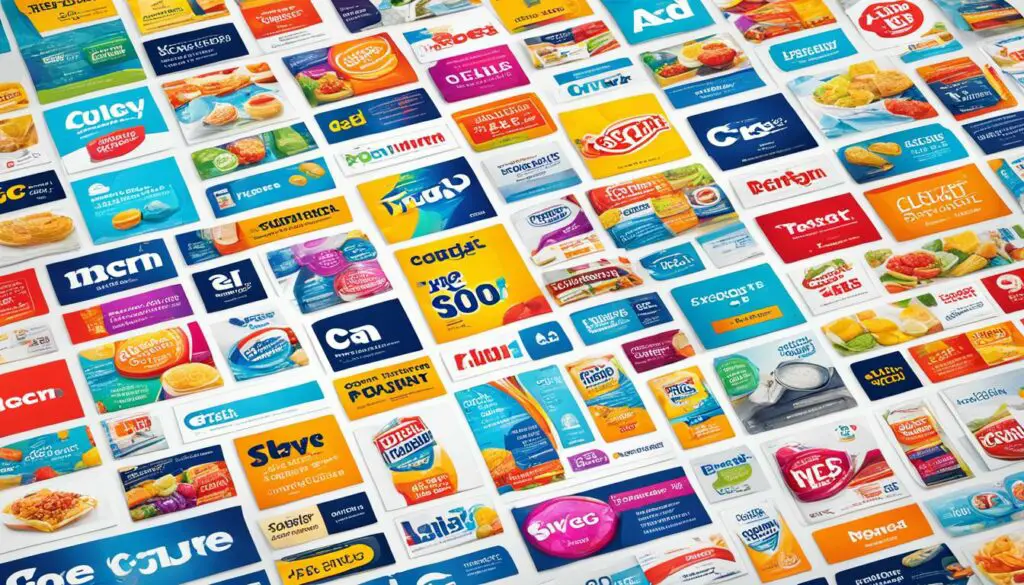
With the popularity of online shopping on the rise, businesses are exploring various advertising platforms to expand their reach and increase sales. Let’s take a closer look at some of these platforms and how they incorporate product listing ads into their advertising offerings.
Microsoft Advertising
Formerly known as Bing Ads, Microsoft Advertising is a popular advertising platform that allows businesses to promote their products and services on the Bing search engine. Similar to Google Shopping Ads, Microsoft Advertising offers Product Ads, which feature product images, descriptions, and pricing information. Businesses can take advantage of Microsoft Advertising to reach a diverse user base and drive online sales on a different search engine.
Facebook Ads
As a leading social media platform, Facebook provides businesses with the opportunity to target a massive user base with their ads. Facebook Ads include a variety of ad formats, including Product Ads. These ads, featuring product images, descriptions, and pricing, allow businesses to showcase their products directly on users’ Facebook feeds. With Facebook’s extensive user data and targeting options, businesses can effectively reach their desired audience and drive conversions.
Pinterest Ads
Pinterest is a visual discovery platform that enables users to discover and save ideas for their interests. With its emphasis on imagery, Pinterest is an ideal platform for showcasing visually appealing product ads. Pinterest Ads, including Product Ads with Images, allow businesses to promote their products to an engaged and receptive audience. By creating visually compelling ads, businesses can inspire users to save and purchase their products through Pinterest.
| Advertising Platform | Ad Format | Description |
|---|---|---|
| Microsoft Advertising | Product Ads | Showcasing product images, descriptions, and pricing on the Bing search engine. |
| Facebook Ads | Product Ads | Featuring product images, descriptions, and pricing directly on users’ Facebook feeds. |
| Pinterest Ads | Product Ads with Images | Promoting visually appealing product ads on Pinterest to an engaged audience. |
By utilizing these other advertising platforms, businesses can expand their reach and tap into new audiences, driving online sales and increasing brand visibility. It’s important for marketers to consider their target audience and marketing goals when deciding which platforms to incorporate into their advertising strategy. With the right combination of product listing ads across multiple platforms, businesses can effectively promote their products and reach their target customers.
The Importance of Tracking and Monitoring PLA Ad Campaigns
Tracking and monitoring PLA ad campaigns play a crucial role in measuring the success and effectiveness of businesses’ advertising efforts. By utilizing monitoring tools and leveraging the data available through the Google Merchant Center, advertisers can gain valuable insights into the performance of their product listing ads (PLAs).
The Google Merchant Center provides a range of tools and reports that enable businesses to track and monitor various metrics related to PLA ad campaigns. These tools allow advertisers to assess the visibility of their ads, measure click-through rates (CTRs), and analyze conversion data. By monitoring these key performance indicators (KPIs), advertisers can better understand the impact of their PLA ads on their target audience and make data-driven decisions to optimize their campaigns.
Visibility is a crucial metric to monitor when it comes to PLA ad campaigns. It indicates the number of times PLA ads are displayed to users and provides insights into potential reach. By tracking visibility metrics, businesses can evaluate the effectiveness of their ad placements and make adjustments to improve the overall reach of their campaigns.
Click-through rates (CTRs) are another important metric to monitor. CTRs provide insights into the percentage of users who click on PLA ads after viewing them. By analyzing CTR data, businesses can understand how appealing their ads are to users and identify opportunities to enhance engagement and drive higher click-through rates.
Conversion data is perhaps the most critical metric to track and monitor. It reveals the number of users who complete a desired action, such as making a purchase, after clicking on a PLA ad. By assessing conversion data, businesses can measure the effectiveness of their PLA ads in driving conversions and making informed decisions to optimize their campaigns for better results.
Tracking and monitoring PLA ad campaigns also allow businesses to evaluate the overall performance of their online marketing strategies. By analyzing the data gathered from PLA ads, businesses can gain insights into user behavior, identify trends, and make adjustments to their marketing strategies as needed.
Overall, tracking and monitoring PLA ad campaigns provide businesses with valuable information that can help them understand the effectiveness of their advertising efforts in terms of visibility, click-through rates, and conversion data. By leveraging this data, businesses can optimize their PLA ad campaigns, increase their online visibility, and drive better results.
| Metrics | Description |
|---|---|
| Visibility | Measures the number of times PLA ads are displayed to users |
| Click-through Rates (CTRs) | Indicates the percentage of users who click on PLA ads after viewing them |
| Conversion Data | Reveals the number of users who complete a desired action after clicking on a PLA ad |
Introduction to Text Ads in Marketing
Text ads are a valuable marketing tool used to promote brands and their services. They consist of a headline, a display URL, and a description text. These ads are commonly utilized on advertising platforms like Google Ads to capture the attention of potential customers. Unlike product listing ads that focus on specific product information, text ads offer versatility and can be used to market a wide range of products and services.
Text ads allow advertisers to craft compelling ad copy that resonates with their target audience. With attention-grabbing headlines and persuasive description text, text ads have proven to be effective in driving website traffic and increasing brand visibility. Additionally, text ads can be tailored to target specific keywords, ensuring that they appear in relevant search results.
By utilizing text ads as part of their marketing strategy, businesses can reach a larger audience and generate leads. These ads are particularly useful for businesses looking to increase brand awareness and attract new customers. With an appealing visual and concise messaging, text ads can entice users to click through to the advertiser’s website, ultimately driving conversions and boosting sales.
Text ads are available on various advertising platforms, including Google Ads and other popular platforms. Advertisers have full control over headline text, display URLs, and description text, allowing them to customize their ads to align with their marketing goals. By optimizing these elements, advertisers can create text ads that stand out from the competition and maximize their advertising investment.

Text ads are a powerful marketing tool that, when used strategically and creatively, can make a significant impact on a business’s online visibility and success.
Benefits of Text Ads
Text ads provide several key benefits for advertisers, making them a valuable marketing tool. These ads are highly effective in increasing brand awareness, capturing the attention of potential customers and driving online visibility.
One of the primary advantages of text ads is their ability to showcase brand messaging, helping to increase brand awareness. By crafting compelling ad copy, businesses can effectively communicate their brand’s unique value proposition and establish a strong presence in the minds of consumers.
Text ads also excel in driving traffic to websites and increasing click-through rates. When displayed prominently in search engine results, these ads capture the attention of users and entice them to click through to the advertiser’s website.
Furthermore, text ads have the potential to boost conversion rates. By combining persuasive ad copy with relevant landing pages, advertisers can create a seamless user experience that guides potential customers towards making a purchase or taking a desired action.
Overall, text ads offer advertisers a versatile marketing tool that helps increase brand visibility and drive business growth. By leveraging the power of text ads, businesses can effectively reach their target audience and achieve their marketing objectives.
Smart Bidding and Its Benefits
Smart bidding is an automated bidding strategy that plays a crucial role in optimizing advertising campaigns. It leverages various factors, including budget, bidding strategy, and conversion data, to determine the most effective bid and maximize campaign performance. With smart bidding, manual adjustments become a thing of the past, saving advertisers valuable time and effort.
One of the significant advantages of smart bidding is its ability to make optimal use of the advertising budget. By dynamically adjusting bids in real-time to meet specific performance goals, smart bidding ensures that every dollar spent delivers maximum return on ad spend (ROAS).
With smart bidding in place, advertisers can redirect their focus towards other essential aspects of their marketing endeavors, such as creating compelling ad content, refining their targeting strategy, or exploring new growth opportunities. The automation provided by smart bidding allows advertisers to relinquish routine bid management tasks while embracing a more strategic approach to campaign optimization.
When implemented effectively, smart bidding harnesses the power of conversion data to refine bidding decisions continuously. By analyzing historical performance data, the bidding algorithm adapts bidding strategies to drive optimal outcomes, helping advertisers achieve their campaign goals and maximize conversions.
Benefits of Smart Bidding:
- Time and Effort Savings: Automation eliminates manual bid adjustments, freeing up valuable resources for other strategic tasks.
- Effective Budget Utilization: Smart bidding optimizes bids to ensure maximum return on ad spend.
- Real-time Adjustments: Bids are adjusted dynamically to meet campaign performance goals.
- Strategic Focus: Advertisers can concentrate on content creation, targeting strategies, and growth opportunities.
- Data-driven Optimization: Smart bidding leverages conversion data to refine bidding decisions and drive optimal outcomes.
Implementing smart bidding in advertising campaigns yields significant benefits for advertisers. Whether optimizing cost-per-click (CPC) or return on ad spend (ROAS), the automation and intelligence brought by smart bidding transform bidding strategies, enhance campaign effectiveness, and deliver measurable results.
Types of Smart Bidding in PLA Advertising
When it comes to PLA (Product Listing Ads) advertising, smart bidding strategies play a crucial role in optimizing ad campaigns and driving optimal results. Advertisers have access to different types of smart bidding strategies that cater to their specific needs and goals. These bidding strategies leverage data and machine learning algorithms to make informed bidding decisions and maximize the effectiveness of PLA campaigns.
Ad Campaign Groups
One of the smart bidding strategies available in PLA advertising is ad campaign groups. Ad campaign groups allow advertisers to set bidding strategies at the campaign level, providing a way to manage and optimize bids across multiple campaigns. With this approach, advertisers can tailor bidding strategies based on the overall budget and performance goals of their PLA campaigns. By grouping campaigns together, advertisers gain greater control and flexibility in managing their bidding strategies, ensuring better alignment between their ad spend and campaign objectives.
Return on Ad Spend (ROAS)
Return on ad spend (ROAS) is another smart bidding strategy that advertisers can utilize in PLA advertising. The ROAS bidding strategy focuses on maximizing revenue based on the amount spent on advertising. It takes into account the return on investment (ROI) desired by the advertiser and adjusts bids accordingly to achieve the desired ROAS. By setting a target ROAS, advertisers can optimize their bidding decisions to maximize the profitability of their PLA campaigns. This strategy is particularly valuable for advertisers looking to drive revenue and improve the return on their ad spend.
Target Cost per Acquisition (CPA)
Target cost per acquisition (CPA) is a smart bidding strategy that aims to achieve a specific cost for each conversion. Advertisers set a target CPA, which represents the maximum amount they are willing to spend on acquiring a customer. The bidding algorithm then adjusts bids in real-time based on the likelihood of a conversion, using historical data and machine learning to optimize bidding decisions. By using target CPA bidding, advertisers can improve cost-efficiency and increase the number of conversions within their specified budget, ultimately enhancing the effectiveness of their PLA advertising campaigns.
Maximize Conversions
The maximize conversions bidding strategy uses machine learning to maximize the number of conversions within a given budget. This strategy is particularly useful when the primary goal is to drive as many conversions as possible. The bidding algorithm automatically adjusts bids based on factors such as user intent, historical performance data, and real-time signals to maximize conversion opportunities. By leveraging maximize conversions bidding, advertisers can efficiently allocate their ad spend and increase the overall effectiveness of their PLA campaigns.
These different types of smart bidding strategies provide advertisers with the flexibility and control to optimize their PLA advertising campaigns. Whether the focus is on revenue, cost per acquisition, or maximizing conversions, advertisers can tailor their bidding strategies to align with their specific goals and objectives, driving optimal results and increasing the effectiveness of their PLA campaigns.
| Bidding Strategy | Key Benefits |
|---|---|
| Ad Campaign Groups |
|
| Return on Ad Spend (ROAS) |
|
| Target Cost per Acquisition (CPA) |
|
| Maximize Conversions |
|
Conclusion
Product listing ads (PLAs), also known as PLA ads, are an essential component of marketing strategies for online retailers. These ads provide a powerful means to increase online visibility and engage with customers directly within the Google search results. PLA ads offer numerous benefits, including higher click-through rates, increased conversion counts, and a greater number of qualified leads. Advertisers can further optimize their PLA ad campaigns by leveraging smart bidding and tracking tools to drive better results.
In addition to PLA ads, text ads present marketers with another versatile marketing opportunity. These ads enable advertisers to promote their brands and services effectively, driving traffic and enhancing brand visibility. When included as part of a comprehensive marketing strategy, product listing ads and text ads work synergistically to enhance advertising effectiveness and drive business growth.
Ultimately, online retailers can leverage the unique benefits of product listing ads and text ads to improve their marketing efforts. By utilizing these valuable tools, businesses can maximize their online visibility, engage customers more effectively, and achieve greater success in their advertising campaigns.
FAQ
What are product listing ads (PLAs)?
Product listing ads (PLAs), also known as Google Shopping Ads, are a type of advertisement that showcases product images, prices, and merchant information directly within the Google search results.
How do PLA ads work?
PLA ads display product images, prices, and merchant information directly within the Google search results. When a user searches for a product, Google uses the details provided by the advertiser to match their product to the search parameters. If it’s a good fit, the product is featured in the shopping results, showing the most relevant products first.
What are the benefits of PLA advertising?
PLA ads put products front and center, capturing commercial intent and targeting customers who are actively searching for products. They increase click-through rates, conversion counts, and qualified leads, providing a seamless user experience.
How do I set up PLA ads on Google Ads?
To set up PLA ads on Google Ads, businesses need to create a Merchant Center account, verify and claim their URL, provide product data to the Merchant Center, and then create their PLA campaign in Google Ads.
What recent updates and advancements have been made in Google Shopping?
Google Shopping now offers free product listings, improved integration between Google Ads and Google Merchant Center, enhanced Smart Shopping campaigns, Local Inventory Ads, and expanded Performance Insights tools.
Are PLA ads available on other advertising platforms?
Yes, similar ad formats called Product Ads or Product Ads with Images are offered on platforms like Microsoft Advertising, Facebook Ads, and Pinterest Ads.
Why is tracking and monitoring PLA ad campaigns important?
Tracking and monitoring PLA ad campaigns provide valuable insights into ad performance, visibility, click-through rates, and conversion data. This helps businesses make informed decisions and optimize their ads for better results.
What are text ads in marketing?
Text ads consist of a headline, display URL, and description text, and are used to promote brands and services on advertising platforms like Google Ads.
What are the benefits of text ads?
Text ads increase brand awareness, drive traffic to websites, and boost conversion rates. They are a versatile marketing tool that enhances online visibility and drives business growth.
What is smart bidding and why is it beneficial?
Smart bidding is an automated bidding strategy that optimizes advertising campaigns based on factors like budget, bidding strategy, and conversion data. It saves time, maximizes return on ad spend, and improves overall campaign performance.
What are the types of smart bidding in PLA advertising?
The types of smart bidding in PLA advertising include ad campaign groups, return on ad spend (ROAS), target cost per acquisition (CPA), and maximize conversions. These strategies help businesses achieve their goals and drive optimal campaign results.
What is the importance of product listing ads in marketing strategies?
Product listing ads increase online visibility, customer engagement, and advertising effectiveness. They allow businesses to showcase their products directly within the Google search results and drive sales.

